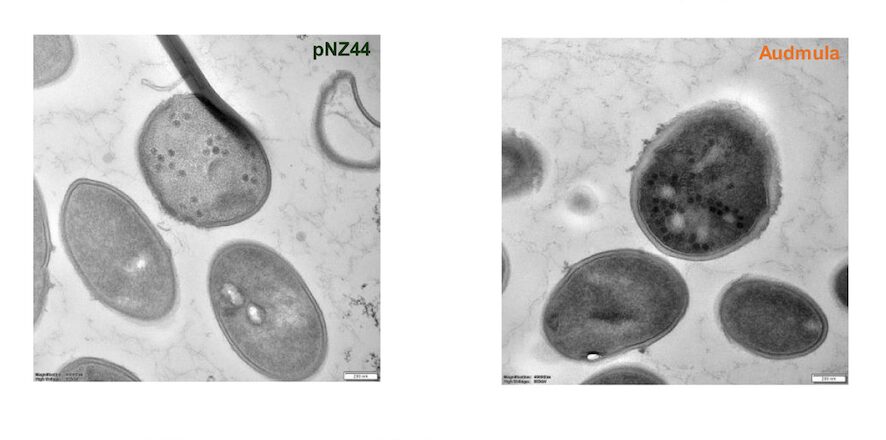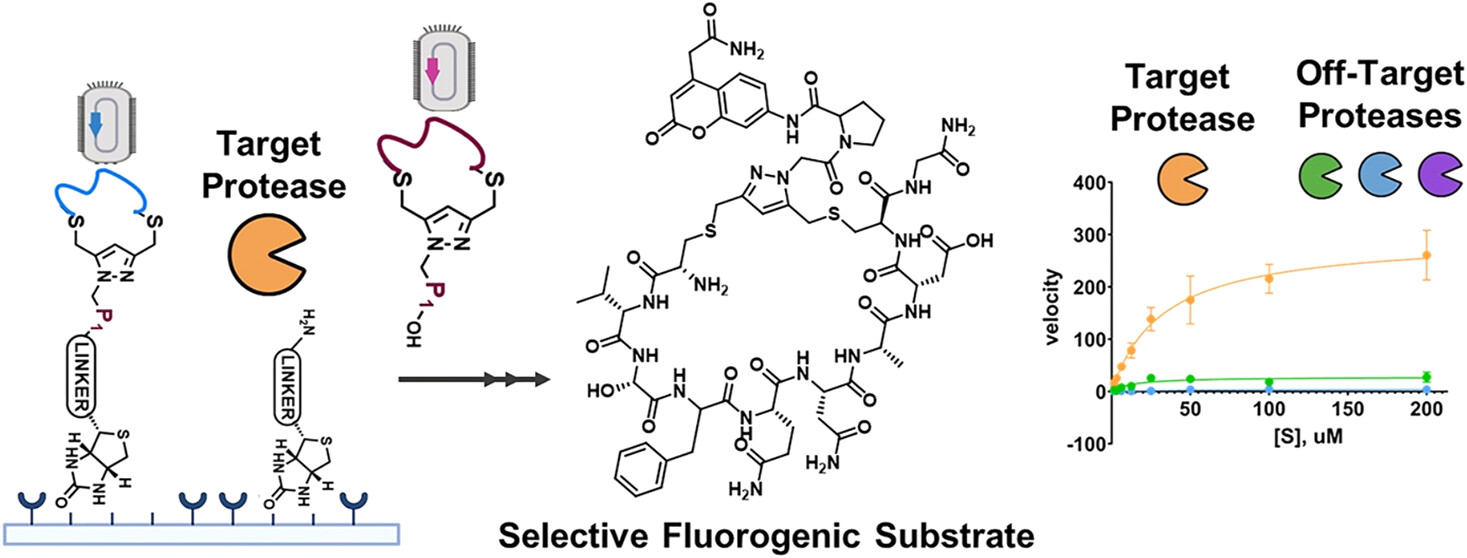
The lytic cycle of bacteriophage infection is a process by which a bacteriophage, a virus that infects bacteria, replicates and ultimately destroys the host bacterium to release new viral particles. Let’s break down and provide more detailed explanations for each question and answer:
Question: The nucleic acid of a virus particle is enclosed in a protein coat. What is it called?
Answer: The protein coat that encloses the nucleic acid of a virus particle is called the “capsid.” The capsid protects the viral genetic material (DNA or RNA) and plays a crucial role in the virus’s ability to infect host cells.
Question: The lytic cycle of bacteriophage infection ends with the _____.
Answer: The lytic cycle of bacteriophage infection ends with the “rupture of the bacterium.” During the lytic cycle, the newly replicated bacteriophages assemble within the host cell, and as the number of viral particles increases, the host cell eventually lyses (bursts open), releasing the new phages to infect other bacterial cells.
Question: The pointer is indicating the _____.
Answer: The pointer is indicating the “-viral protein coat.” The viral protein coat (capsid) surrounds the viral genome, protecting it from degradation and facilitating its entry into the host cell during the infection process.
Question: As a result of the lytic cycle, _____.
Answer: As a result of the lytic cycle, “the host cell’s DNA is destroyed.” During the lytic cycle, the bacteriophage hijacks the host cell’s machinery to replicate its own genetic material and produce new viral particles. This process ultimately leads to the destruction of the host cell as it bursts open to release the newly formed phages.
Question: Viral DNA incorporated into host DNA is referred to as
Answer: Viral DNA incorporated into host DNA is referred to as a “prophage.” This occurs during the lysogenic cycle, where the viral DNA becomes integrated into the host bacterium’s genome and remains dormant, coexisting with the host’s DNA.
Question: Integration of viral DNA into host DNA is an early stage of
Answer: Integration of viral DNA into host DNA is an early stage of “the lysogenic cycle.” The lysogenic cycle is an alternative pathway taken by some bacteriophages where the viral genome becomes integrated into the host bacterium’s chromosome and replicates along with the host DNA during cell division.
Question: In the lysogenic cycle _____.
Answer: In the lysogenic cycle, “viral DNA is replicated along with host DNA.” As mentioned earlier, during the lysogenic cycle, the viral DNA becomes part of the host cell’s genome and is replicated whenever the host DNA replicates during cell division.
Question: Phage DNA has exited the bacterial chromosome as a prelude to taking over the host’s metabolic machinery.
Answer: The statement suggests that “The lysogenic cycle is making a transition to the lytic cycle.” In some cases, the prophage (integrated viral DNA) may leave the bacterial chromosome and initiate the lytic cycle, where the bacteriophage takes over the host’s cellular machinery to produce new viral particles and ultimately causes the host cell to lyse.
Question: Cycle A is the _____ cycle, and cycle B is the _____ cycle.

Answer: “Cycle A is the lytic cycle, and cycle B is the lysogenic cycle.” This indicates that the two cycles described earlier, the lytic and lysogenic cycles, are represented by Cycle A and Cycle B, respectively.
Question: Viruses only
Answer: “Capsid” is one of the components that viruses only possess. Viruses have a capsid, which is the protein coat enclosing their genetic material. Some viruses may also have an “envelope with glycoproteins,” which is a lipid membrane surrounding the capsid, acquired from the host cell during the process of viral release. “Capsomere” refers to the subunits that make up the capsid.
Photo credit: Wikipedia



Leave a Reply
You must be logged in to post a comment.